Baby boomers and millennials were raised in entirely different economic and social times and, as a result, they don’t quite see eye-to-eye on many things. It’s quite common for baby boomers to blame the world’s problems on millennials. However, there are also occasions on which the boomers are willing to concede that millennials are nailing it when it comes to some trends and industries. The issue is that the emergence of new trends inevitably leads to the demise of some things that we have grown to love. Here are 18 things that millennials are killing.
18. 9-to-5 Jobs

Technology enables employees to work from anywhere at any time, and many millennials are jumping on the opportunity to enjoy a flexible work schedule. Around 84% of millennials continue to log in to work out of hours, and 77% are of the belief that a flexible work schedule enables them to be more productive at work. So, despite some of the claims from the baby boomers’ camp, millennials are not working less. In fact, they are muddying the water between home and work life.
17. Costco
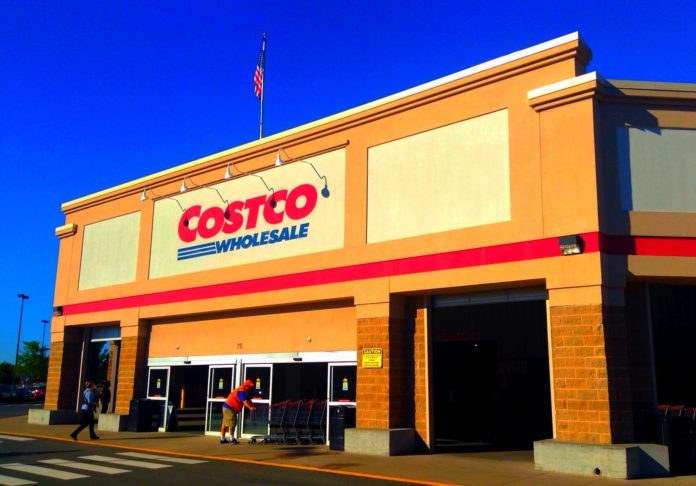
Seemingly, bulk shopping simply isn’t millennials’ thing. According to a 2018 report that was published in the Washington Post, millennials don’t typically choose to shop at the warehouse retailer. Instead, they’d much rather get their shopping done online. One major factor in all this appears to be convenience—why drag yourself to a store and carry bulky goods home when you can have your shopping delivered at a few clicks of a mouse. Not to mention the storage issues associated with buying in bulk. Where is a millennial supposed to store all that toilet paper when they can’t even afford a property? Speaking of which…
16. The Real Estate Industry

It’s no major surprise that millennials haven’t got the cash to shell out on properties. The reasons for this are somewhat unclear: some people attribute it to millennials’ propensity to splash out on vegan food and expensive lattes, while others argue that it’s because they are underpaid and have immense student debt to pay off—true story. Regardless, just one-third of millennials own a property, one third still live at home with mummy and daddy and, presumably, the remaining third rent their homes. Incidentally, the rate of homeownership among millennials is the lowest it has been among a comparable population since the 1960s—hello baby boomers, that’s you!
15. Relationships

Sometimes it seems like every millennial guy is a loser when it comes to relationships. According to a 2014 survey that was performed by Gallup, many millennials are opting for the single life, with only 16% being married and 14% living with a partner. The rest are running wild and free, spending their days living in sin or browsing Tinder. Or, you know, just being happy on their own.
14. Casual dining chains
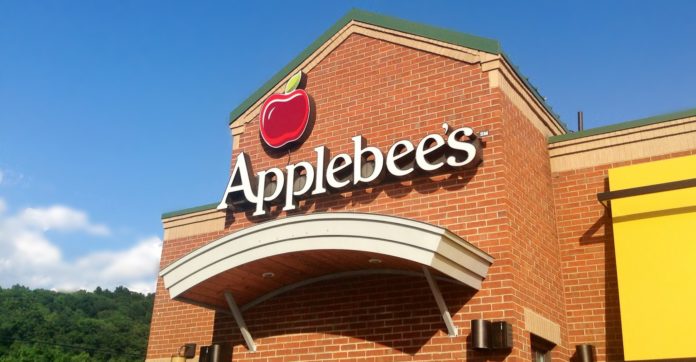
Once-major brands such as Ruby Tuesday and Applebee’s have hit hard times in recent years, and many of their restaurants have been forced to close in the face of diminishing sales. According to the CEO of Buffalo Wild Wings, the failure can be planted firmly at the door of the millennials: “Millennial consumers are more attracted than their elders to cooking at home, ordering delivery from restaurants, and eating quickly, in fast-casual or quick-serve restaurants,” she once stated in a letter to shareholders. The media also attributes the demise of brands like Olive Garden to the millennials’ disinterest in spending the evening hanging out in a booth—they’d much rather enjoy the “experience” of a pop-up restaurant.
13. Pants

Forget dressing to impress; it seems that millennials are more than happy to spend their days in loungewear. In 2018, the sales of leggings rocketed, with some major brands reporting massive sales increase of around 95% in comparison to the previous year. Analysts have attributed the uplift to the rise in athleisure, which involves wearing workout gear regardless of whether you’re hitting the gym or not. Could we be heading to the death of pants thanks to the millennials?
12. Beer
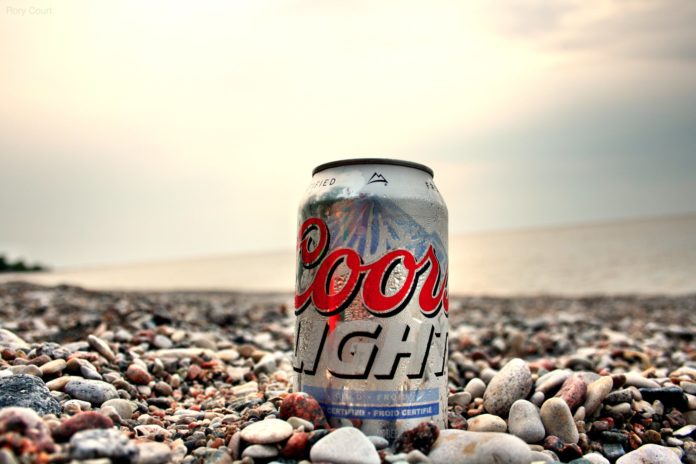
In the middle of this year, the Boston Beer Company and Constellations Brands were downgraded by Goldman Sachs following the publication of data that suggested members of the younger generation were not that much into alcohol. However, although the spirit and wine markets remained relatively stable, beer penetration fell by 1% between 2016 and 2017 according to figures related by Nielsen ratings. This came as a blow to beer producers as they had already relinquished a 10% market share to the spirits and wine markets between 2006 and 2016. Furthermore, when millennials are drinking beer, they are much more likely to purchase beer from a small craft brewery—or even microbrewery—, rather than from an industrial brand, such as Coors, Budweiser or PBR.
11. Honeymoons

Honeymoons once marked the romantic start of a newly married couple’s life together. Not anymore. According to the New York Times, increasing numbers of newlyweds are actually choosing to embark on “unimoons,” whereby they travel independently. The article attributes this trend to American millennials’ inability to make a joint decision on where to spend their newlywed vacation; as such, they simply go their own ways.
10. Cash

Physical currency has been around since ancient times; however, millennials are firmly shunning. According to an NPR/PBS NewsHour/Marist Poll, 63% disclosed that they would pay for their holiday shopping using plastic, almost double the number of people aged between 30 and 49. Regardless of whether they are buying their shopping online or taking advantage of cutting-edge apps such as Apple Pay and PayPal, millennials simply don’t see the need to carry cash.
9. Department stores
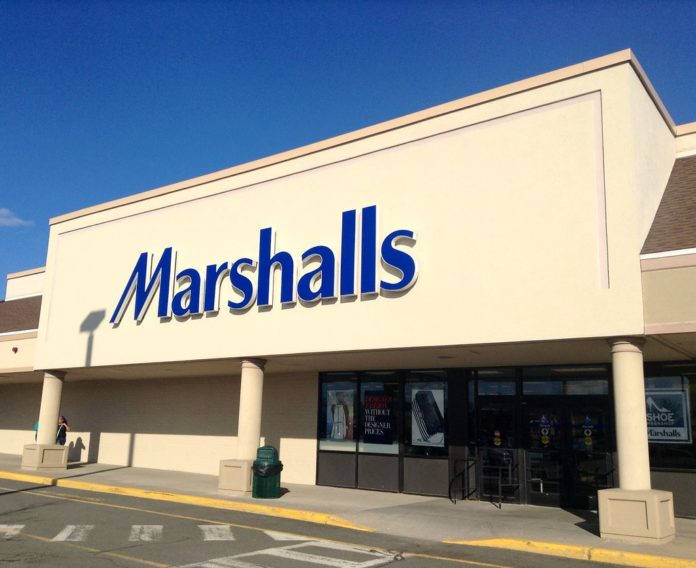
Although millennials aren’t quite shunning physical stores, the traditional departments have certainly taken a hit due to millennials’ shopping preferences. Back in 1999, department stores enjoyed sales in the region of $230 G; however, by 2016, that had fallen to a mere $155.5 G. Some analysts predict that in excess of 1000 department stores will be closed by 2023, and that their overall share in the clothing category will plunge by 66%.
8. “Breastaurant” chains like Hooters
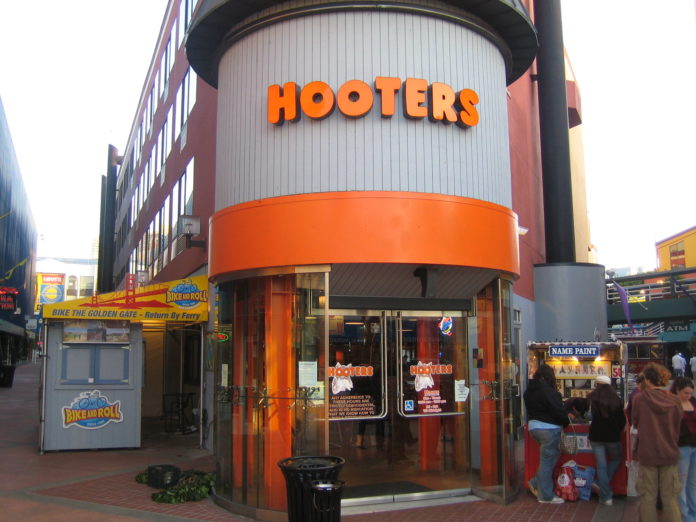
Perhaps millennials have more class than we give them credit for. According to recent research, members of the younger generation who are aged between 18 and 24 are significantly less likely to search for breasts on the Pornhub pornographic website than members of alternative age groups. The apparent loss of interest in breasts among members of this population is not good news for “breastaurants” like Twin Peaks and Hooters. According to industry reports, the number of Hooters branches in the US fell over 7% between 2012 and 2016 and the sales of the remaining sites have stagnated.
7. Crowdfunding

Crowdfunding was the creation of millennials, yet the extent to which it has been abused has led to a general disinterest in sites such as GoFundMe. At one point, crowdfunding was the in thing; however, according to a Bossip columnist, too many millennials turned to it to beg for money to serve their own purposes, and the whole thing fell flat. At least crowdfunding sites have been a source for fantastic memes: who can forget the Tinder-date-turned-poo-gone-wrong GoFundMe?
6. Handshakes

Greeting someone or sealing a deal with a handshake is an age-old practice that is ingrained in many cultures. However, the millennials shun time-honored social etiquette practices of this nature. According to the Journal of Hand Therapy, millennials also have substantially softer handshakes than their counterparts did back in the 1980s.
5. Saying “Merry Christmas”

According to an NPR/PBS NewsHour/Marist poll, millennials are more likely to wish people “Happy Holidays” than to say “Merry Christmas.” On the basis that the former statement is more inclusive, 53% of those under 30 disclosed in a survey that they would prefer to use a neutral greeting during the holiday period. Thankfully, while millennials may be shirking the phrase, they still celebrate Christmas—for now at least. The same research found that over 60% of US citizens under 30 plan to have a Christmas tree.
4. Cable TV
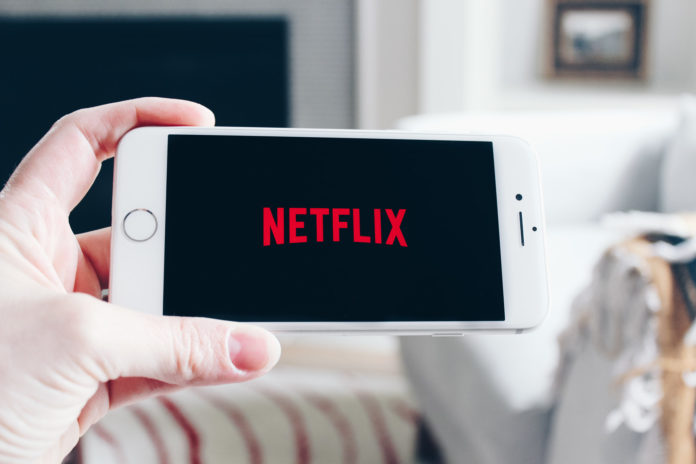
Millennials’ viewing habits are also bad news for cable companies. Many millennials are shunning cable subscriptions in favor of using streaming services such as Amazon Prime, Hulu, and Netflix. These preferences could well lead to the demise of the cable industry. In fact, the whole thing may have already started to unravel: the number of subscribers to pay-TV fell 3.8% in 2018, a further fall on top of the 3.4% reduction that was observed in 2017.
3. Luxury goods
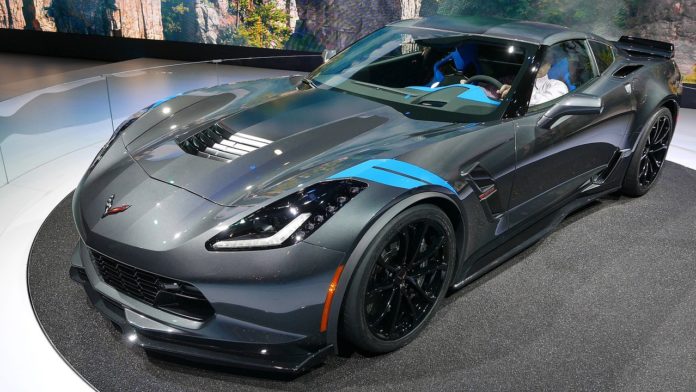
One of the prevailing trends that can be consistently observed among millennials is a general disinterest in “things.” For millennials, experiences are where it is at. As such, you won’t typically find a millennial showing off a designer wallet or a fancy new sports car. According to the data that is doing the rounds, a massive 78% of millennials would rather spend their hard-earned cash on experiences as opposed to items. However, the reality is somewhat more complicated. The truth is that millennials are seeking both experiences and things. The fact is that the “things” space has fundamentally evolved in recent years, and this has transformed the way millennials view the notion of luxury.
2. Home-improvement stores like Home Depot and Lowe’s
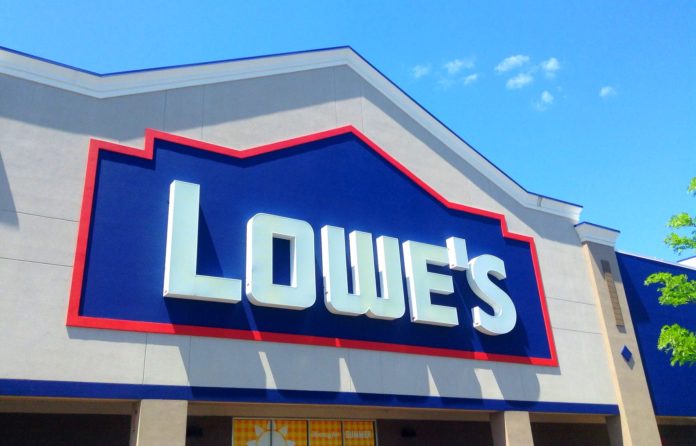
While baby boomers like to invest in their homes, millennials’ reluctance or inability to purchase property may ultimately have a negative impact on home-improvement franchises such as Home Depot and Lowe’s. “Millennials are redefining the American family,” Jeff Fromm claimed in Forbes. “Millennials are delaying marriage and childbirth at rates never seen before. This cultural shift will have a near-term impact on housing: millennials may not need the same space, permanence, and practicality that most Americans want out of their housing.”
1. Football
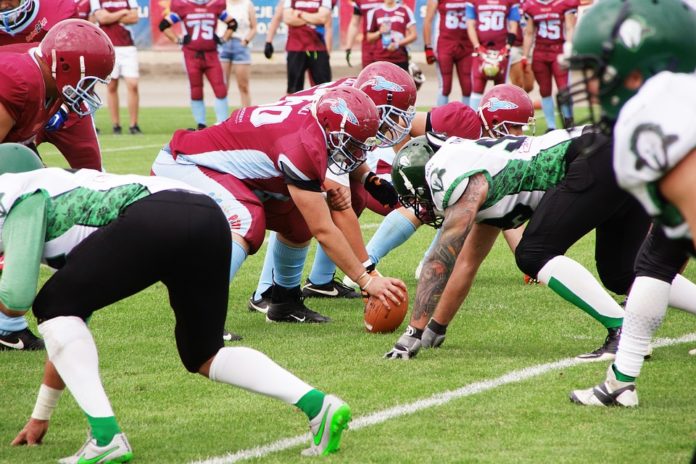
Attendance at both college football games and NFL viewership has declined in recent times. Analysts attribute the decrease in attendance at football games to a host of factors: NFL players’ protest actions, the 2016 election, and a decline in the excitement on the field. However, millennials may also be to blame. Well, having ditched cable, they must watch games in groups or simply check the scores online after the game.


































